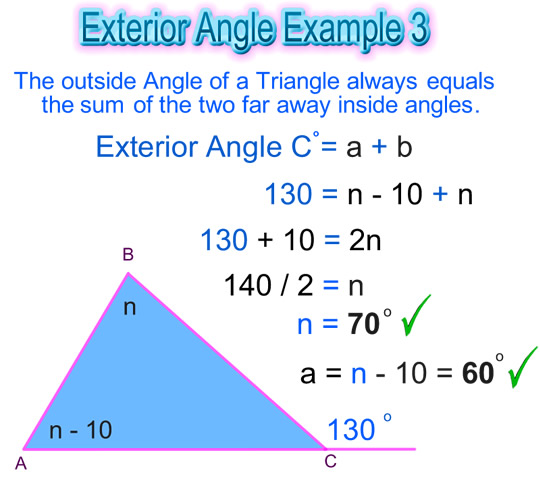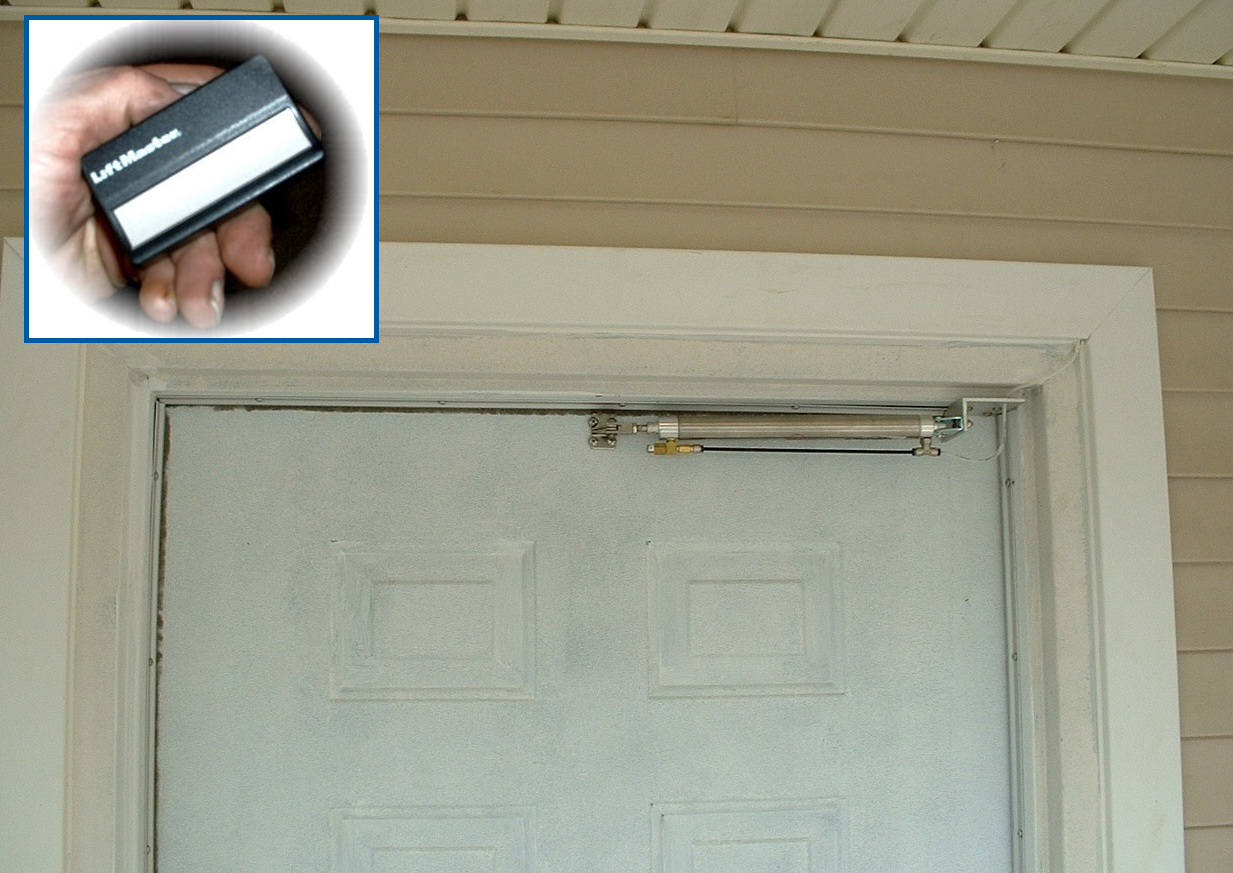How do we find the value of exterior angles? The goal of this second lesson is to show students that the sum of the two remaining interior angles (opposite the exterior angle) are equal to the exterior angle. how to do interior and exterior angles.
How To Do Interior And Exterior Angles, Because the interior angles of a triangle add to 180. In the above triangle, ∠ a ∠b ∠c are interior angles while ∠ d is an exterior angle. An exterior angle is formed when one of the sides is extended.
 My Rat Ate My Homework Exterior, Interior & Remote From myratatemyhomework.blogspot.com
My Rat Ate My Homework Exterior, Interior & Remote From myratatemyhomework.blogspot.com
Because the interior angles of a triangle add to 180. The exterior angle will be the same. All the interior angles in a regular polygon are equal.
For each vertex of a polygon:
110° + 70° = 180° regular polygon exterior angles for a regular polygon, that is a polygon where all sides are the same length, and all inside angles the same size, the exterior angles add up to 360°. All the interior angles in a regular polygon are equal. Similar to before, angles 1 , 2 , 7 and 8 are exterior angles. Nerdstudy.com for more detailed lessons!interior and exterior angles! The exterior angle is the angle between any side of a shape, and a line extended from the next side. What are interior and exterior parts of an angle?
Another Article :

The sum of any icosagon�s interior angles is 3240 degrees. All the interior angles in a regular polygon are equal. The exterior angle is 35° + 62° = 97° and 97° > 35° and 97° > 62° why? Identify the measures of the two interior angles opposite the exterior. Hexagons have a sum of interior angles of 720°. Alternate Interior Angles Add Up To Awesome Home.

Therefore the sum of the interior angles is always 180° 2) exterior angles an exterior angle of the triangle is the angle between one side of a triangle and the extension of an adjacent side. Hexagons have a sum of interior angles of 720°. Since an exterior angle is formed by extending a side, the sum of the interior and the exterior angle on the same vertex of any polygon is 180°. An interior angle is the angle inside the polygon at a vertex. A regular hexagon has all its angles with the same measure, so each interior angle measures 120°. Alternate Exterior Angles YouTube.

The interior and exterior angles add up to 180°. When we add up the interior angle and exterior angle we get a straight line 180°. In our triangle, we can use a and b to figure out d. The sum of exterior angles is 360°. Interior angles are created in the space inside the parallel lines. Interior Exterior Angles Of Polygons Maze Matttroy.

The formula to determine the sum of exterior angles is derived below: The exterior angle d equals the angles a plus b. Each exterior angle = 360/24 = 15 degrees. Read the full answer because of the congruence of vertical angles, it doesn’t matter which side is extended; The interior and exterior angles together lie on a straight line. Pin oleh Towice di exterior angle theorem Teori, Angles.

The exterior angle will be the same. Therefore the sum of the interior angles is always 180° 2) exterior angles an exterior angle of the triangle is the angle between one side of a triangle and the extension of an adjacent side. On the other hand, irregular hexagons have angles with different measures, but they always have a total sum equal to 720°. Even though we know that all the exterior angles add up to 360 °, we can see, by just looking, that each $$ \angle a \text{ and } and \angle b $$ are not congruent. The formula to determine the sum of exterior angles is derived below: Angles, areas and diagonals of regular polygons.

Convex, cyclic, equilateral, isogonal, isotoxal. An interior angle is the angle inside the polygon at a vertex. For our equilateral triangle, the exterior angle of any vertex is 120° 120 °. The exterior angle d is greater than angle a, or angle b. Here, we will learn about interior angles of hexagons in more detail. Exterior Angle Theorem YouTube.

What are interior and exterior parts of an angle? The interior and exterior angles together lie on a straight line. Identify the measures of the two interior angles opposite the exterior. Now, for any polygon with n sides, sum of exterior angles + sum of interior angles = n x 180° thus, Interior angle of a polygon = sum of interior angles ÷ number of sides. Interior Angles Examples Do you know the difference.

Similar to before, angles 1 , 2 , 7 and 8 are exterior angles. What are interior and exterior parts of an angle? Nerdstudy.com for more detailed lessons!interior and exterior angles! Since an exterior angle is formed by extending a side, the sum of the interior and the exterior angle on the same vertex of any polygon is 180°. When we add up the interior angle and exterior angle we get a straight line 180°. Awesome Formula To Calculate Interior Angle Of Regular.

For a square, the exterior angle is 90° 90 °. Here, we will learn about interior angles of hexagons in more detail. The exterior angle d equals the angles a plus b. This creates two angles that are equal to 180 degrees, the adjacent interior and new exterior angle. Each exterior angle = 360/24 = 15 degrees. My Rat Ate My Homework Exterior, Interior & Remote.

Since an exterior angle is formed by extending a side, the sum of the interior and the exterior angle on the same vertex of any polygon is 180°. For a square, the exterior angle is 90° 90 °. This creates two angles that are equal to 180 degrees, the adjacent interior and new exterior angle. For each vertex of a polygon: Interior and exterior angles a polygon is simply a shape with three or more sides and angles. Introduction to the Interior and Exterior Angles of a.

What does an alternate exterior angle look like? Interior angle of a polygon = sum of interior angles ÷ number of sides. Quadrilaterals are 2d shapes with four sides and angles. The formula to determine the sum of exterior angles is derived below: Even though we know that all the exterior angles add up to 360 °, we can see, by just looking, that each $$ \angle a \text{ and } and \angle b $$ are not congruent. Exterior Angle of a Triangle Passy�s World of Mathematics.

In our triangle, we can use a and b to figure out d. An interior angle is the angle inside the polygon at a vertex. An exterior angle is formed when one of the sides is extended. Similar to before, angles 1 , 2 , 7 and 8 are exterior angles. This creates two angles that are equal to 180 degrees, the adjacent interior and new exterior angle. Alternate Interior And Exterior Angles Worksheet.

For each vertex of a polygon: Each exterior angle = 360/24 = 15 degrees. What are interior and exterior parts of an angle? Similar to before, angles 1 , 2 , 7 and 8 are exterior angles. An interior angle is the angle inside the polygon at a vertex. sum of interior angles is equal to exterior angle YouTube.

They always add up to 180°. Also like with interior angles, the above exterior angles are equal when a transversal line crosses 2 parallel lines. Similar to before, angles 1 , 2 , 7 and 8 are exterior angles. 110° + 70° = 180° regular polygon exterior angles for a regular polygon, that is a polygon where all sides are the same length, and all inside angles the same size, the exterior angles add up to 360°. The interior and exterior angle at each point/vertex add up to 180° , which means that they are supplementary angles. Angles 1 and 5 are____ A.) alternate exterior B.

Read the full answer because of the congruence of vertical angles, it doesn’t matter which side is extended; The formula for calculating the size of an interior angle is: The goal of this second lesson is to show students that the sum of the two remaining interior angles (opposite the exterior angle) are equal to the exterior angle. Read the full answer because of the congruence of vertical angles, it doesn’t matter which side is extended; When we add up the interior angle and exterior angle we get a straight line 180°. The Sum of the Exterior Angles of a Polygon Proofs from.









